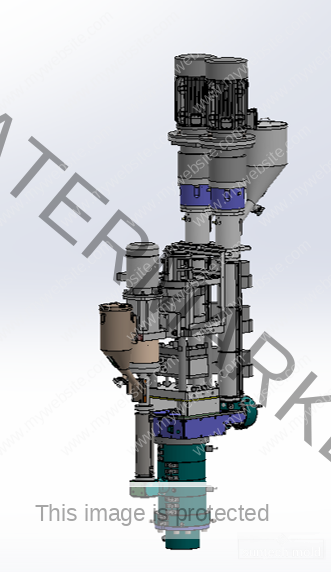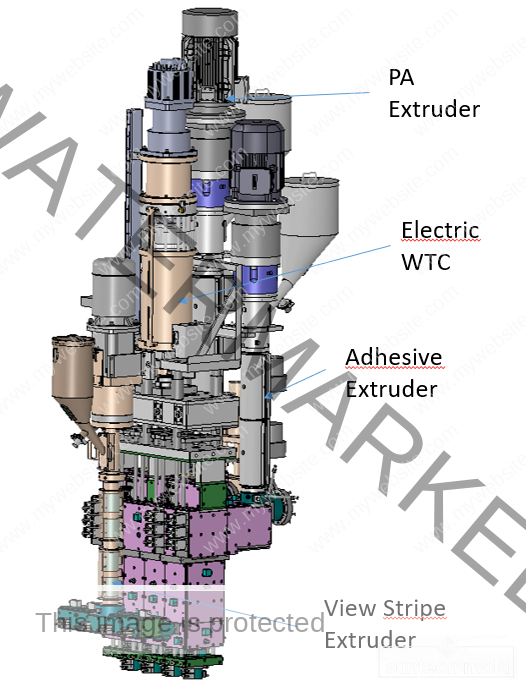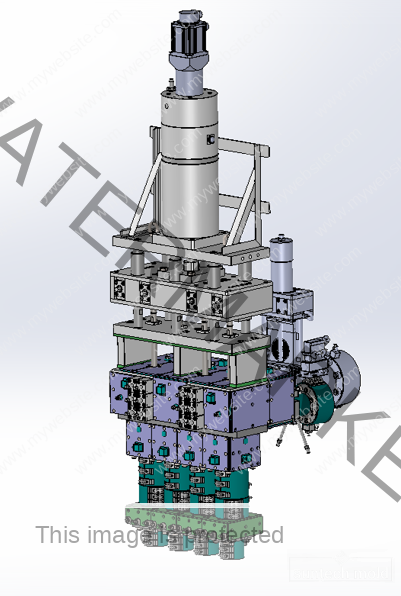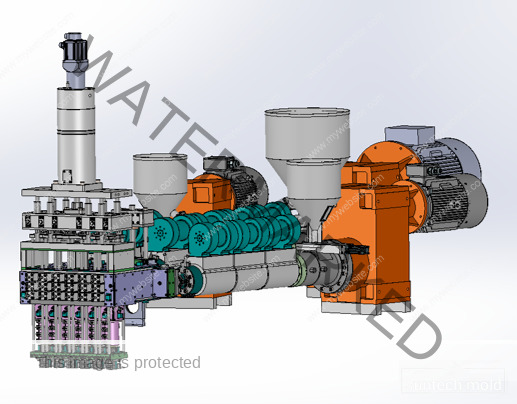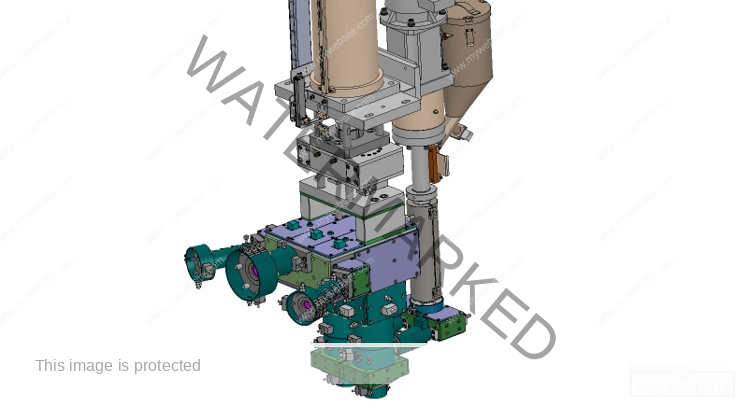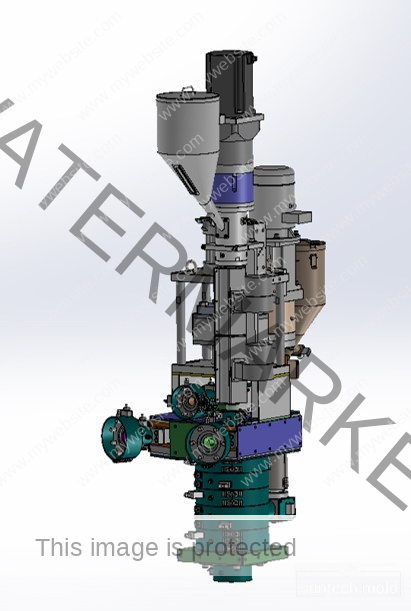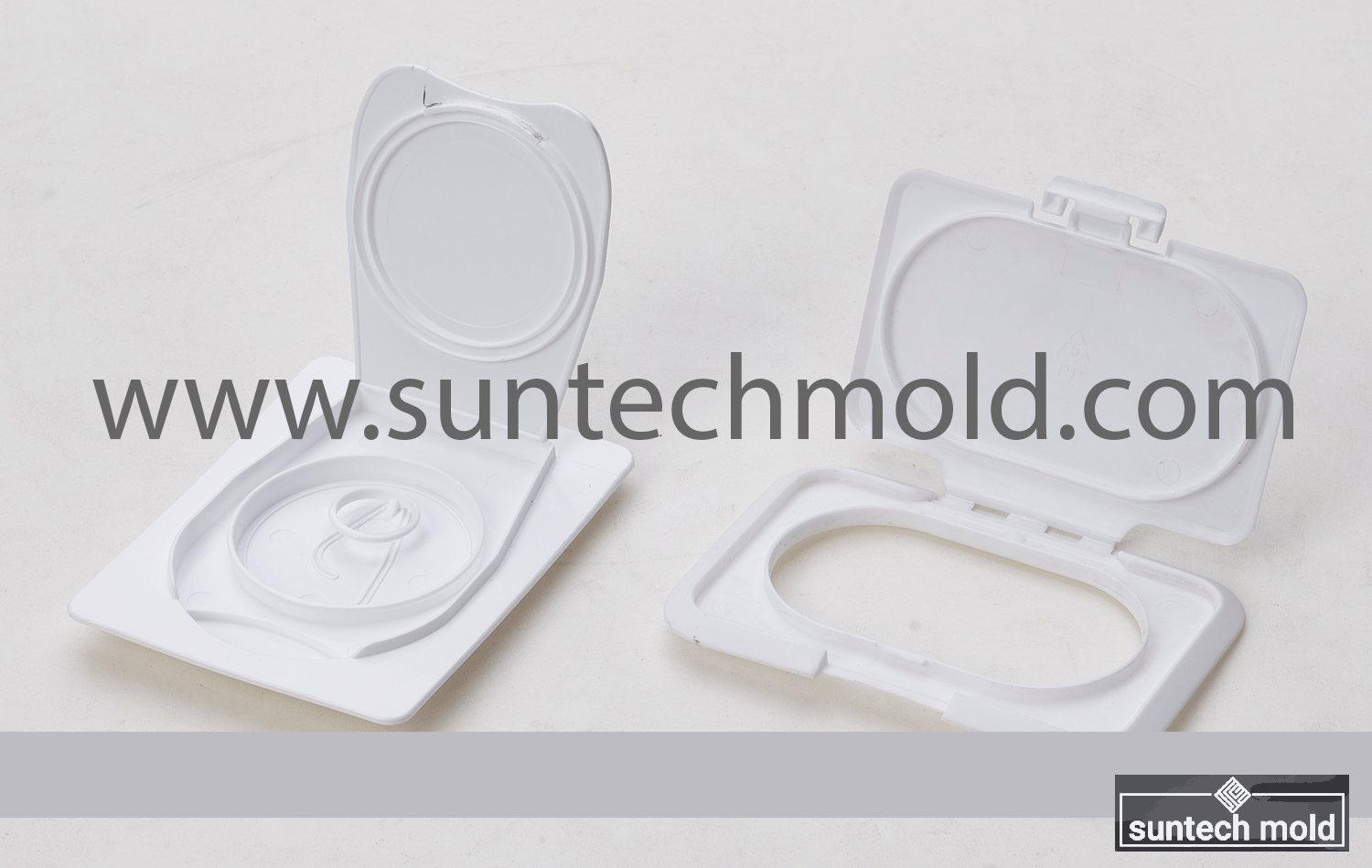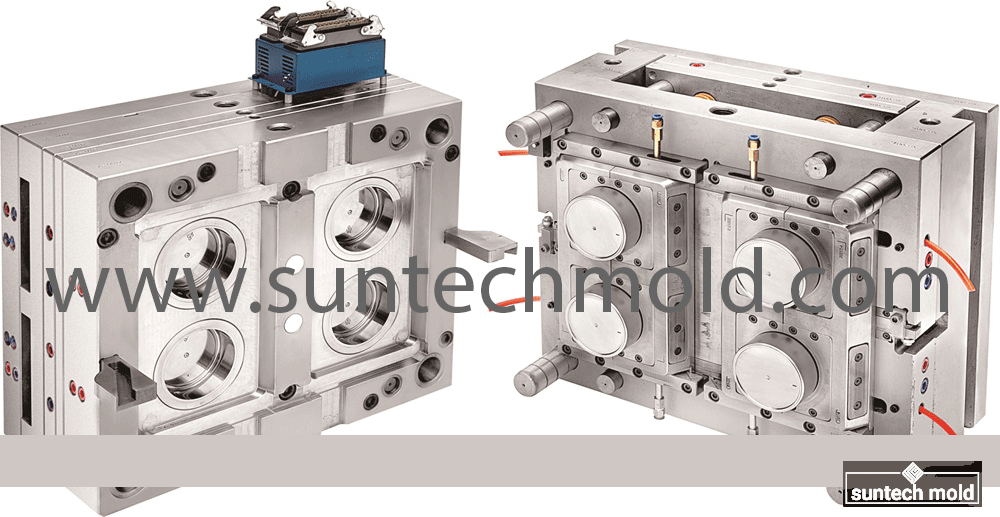Nursing Product (Suntech)
The injection molding process is a widely used manufacturing technique for producing parts by injecting molten material into a mold. Here’s a detailed overview of the process:
- Material Preparation of nursing product
The process begins with the selection of raw materials, typically thermoplastics or thermosetting plastics. These materials are fed into a hopper and then dried to remove any moisture, which could affect the quality of the final product.
- Melting
The dried plastic pellets are then conveyed into a heated barrel where they are melted. This is achieved through a combination of heat from the barrel and mechanical shear from a rotating screw. The temperature is carefully controlled to ensure the material reaches a molten state without degrading.
- Injection
Once the material is melted, the screw moves forward, injecting the molten plastic into the mold cavity under high pressure. The speed and pressure of injection can be adjusted depending on the complexity of the mold and the type of material used.
- Cooling
After the molten plastic fills the mold, it begins to cool and solidify. Cooling channels within the mold help dissipate heat efficiently, reducing cycle times. The cooling time can vary depending on the thickness of the part and the type of material.
- Ejection
Once the plastic has sufficiently cooled and solidified, the mold opens, and ejector pins push the finished part out of the mold cavity. This stage must be carefully managed to avoid damaging the part.
- Post-Processing
After ejection, parts may require additional processing, such as trimming excess material (flash), surface finishing, or assembly. Quality control checks are also performed to ensure that the parts meet specified tolerances and standards.
- Recycling and Reuse
Any scrap material generated during the process can often be regrinded and reused in the injection molding cycle, contributing to sustainability efforts.

